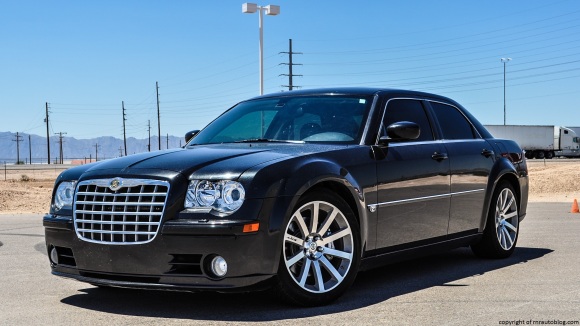
Even though the Volkswagen Jetta is popular as a “chick car”, I never got around to reviewing one because as you might have guessed, I refused to review an automatic Jetta. When I was growing up, I always had a fondness for the third generation Jetta. I loved the boxy looks of it, and how with a spoiler and the blacked taillights, it resembled a sports sedan. My friend’s mom let me come to her office to review her coworkers’ cars, and she knew I only wanted to do manual cars, so she let me look around the parking lot. I came to this beautiful green Jetta, and I looked inside, and sure enough, it was a manual. Not only that, this is the top dog GLX VR6. I got so excited that I started sputtering facts about the VR6 engine and random details of the Jetta that she could not help but get annoyed. Moving back to the Jetta, the original Jetta debuted in 1979 as a sedan version of the Golf hatchback. It was literally a Golf with a trunk crafted on. Back then, European cars were typically hatchbacks, and sedan versions of the hatchbacks were basically a hatchback with a trunk instead of a hatch. The Mk1 Jetta (generations of the Jetta are classified by MK’s) was designed by Giorgetto Guigiaro, a famous car designer known for designing Ferraris and Lamborghinis. Given that European cars sold in North America at the time were expensive luxury cars, the affordable Jetta became the best selling European model in the continent. The MK1 Jetta was praised for its handling and performance, but less so for reliability. The second generation Jetta arrived in 1984, and it retained its title as the best selling European car in North America, and another redesign followed in 1993, boasting a more aerodynamic look as well as an increase in refinement and quality. The VR6 version here is the high performance version of the Jetta, and it comes with a 172 horsepower narrow angled six cylinder engine. Continue reading →









